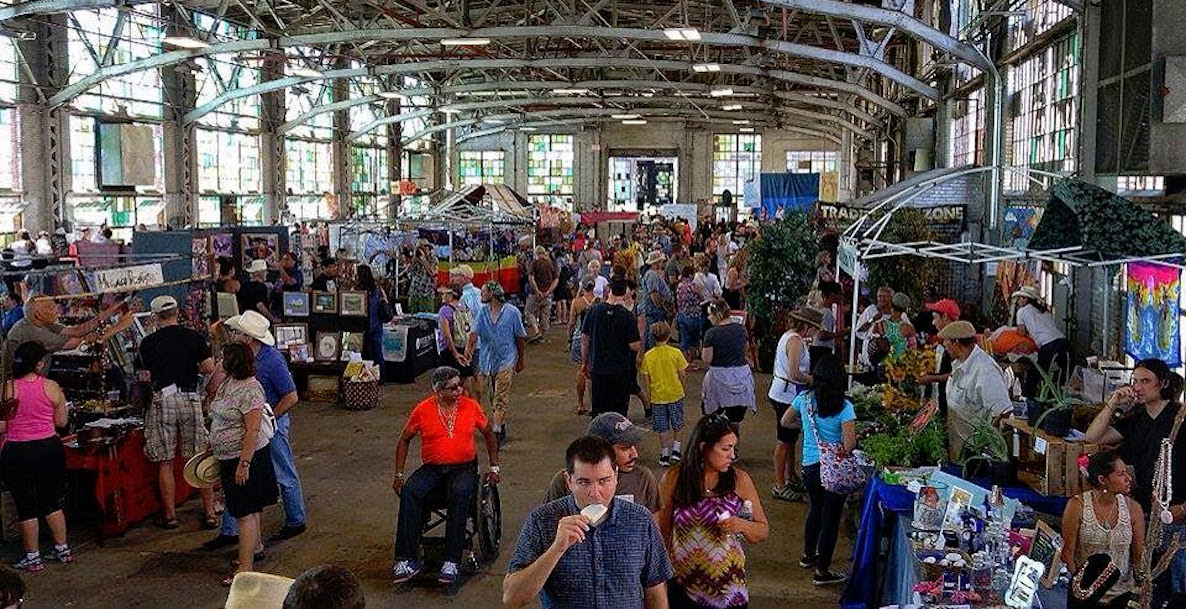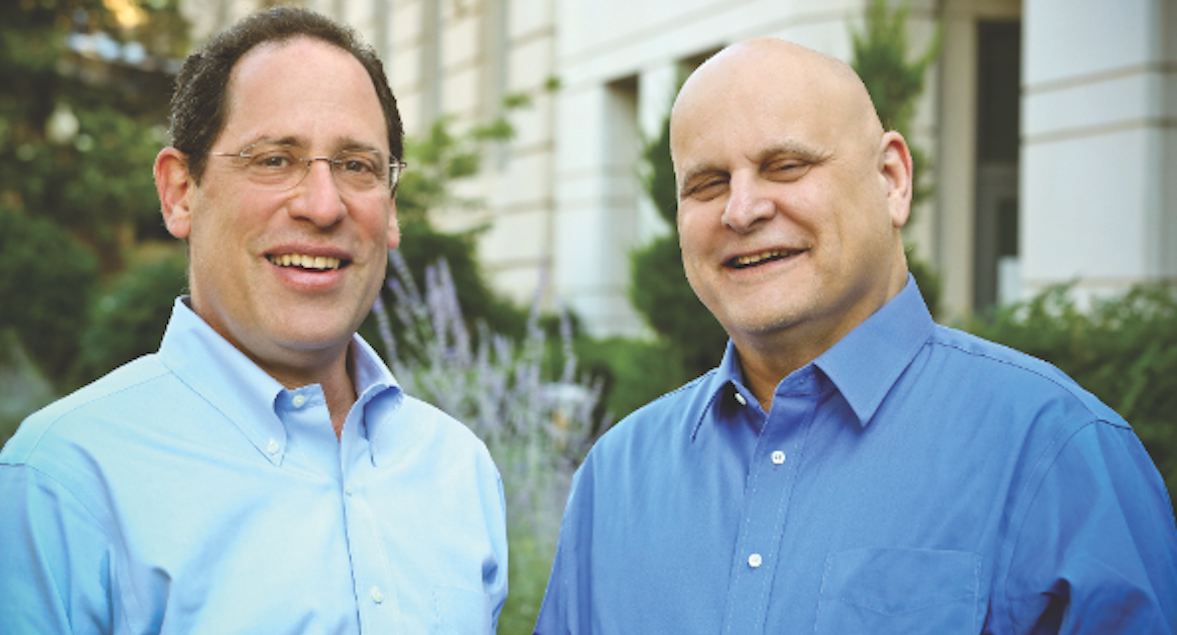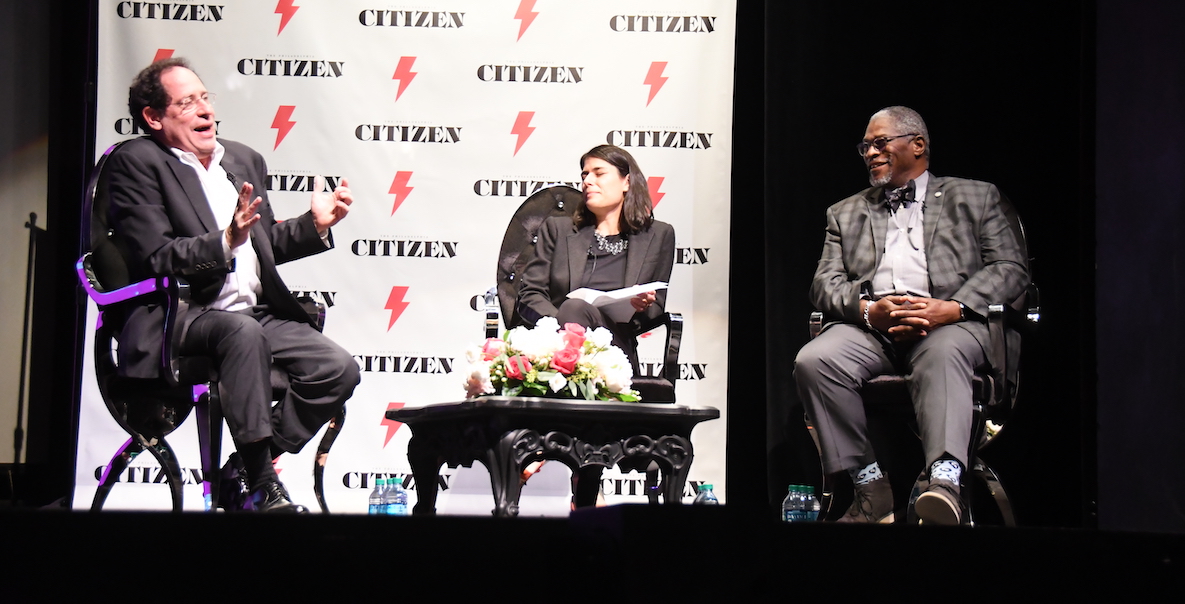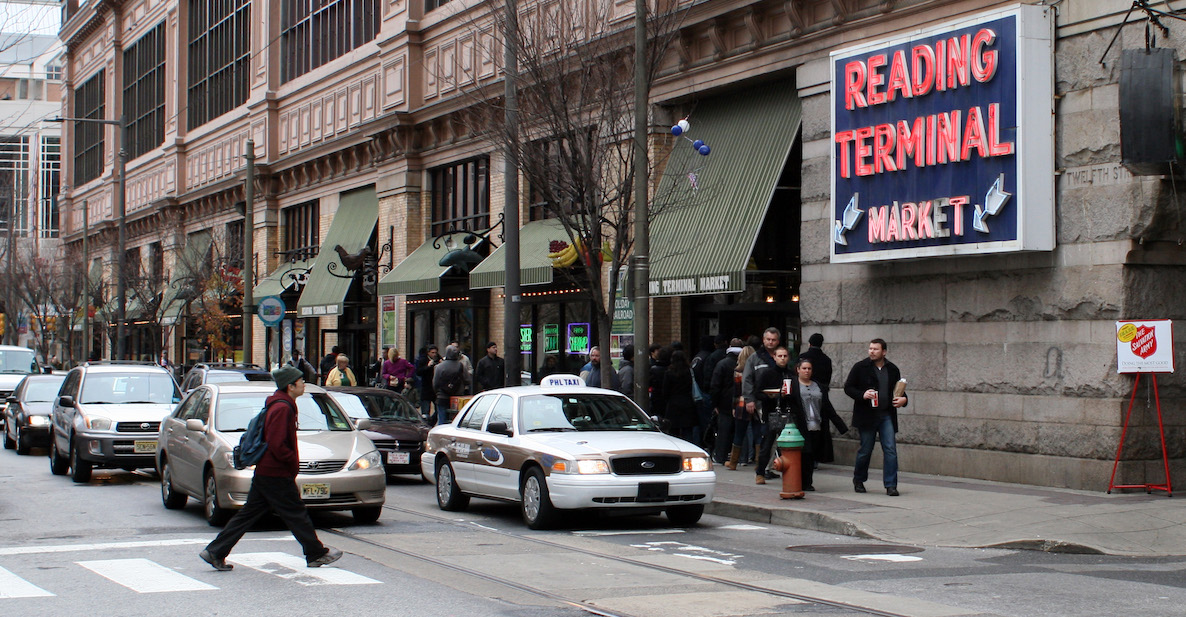I—and a group of fellow travelers—have become virtually obsessed with building a new set of local institutions that align with our 21st century economy and society and unlock and deploy capital for a new kind of purposeful growth.
About six weeks ago, the Philadelphia Industrial Development Corporation co-hosted a workshop at the Navy Yard with the new Drexel Metro Finance Lab for U.S. and European practitioners. At the opening session, John Grady, the CEO of PIDC, described how his remarkable corporation was initially founded 60 years in order to carry out the federal urban renewal program.
The PIDC experience is quite common in the United States. The creation of a federal program stimulates the formation of local or metropolitan institutions to deliver the program. Think public housing agencies in the 1930s or community action agencies in the 1960s or community development corporations or metropolitan planning organizations in the 1990s. The country is littered with local institutions created in the federal image.
Our mantra: “capital is not the binding constraint in the United States; local will and organizing is the central challenge.”
Sometimes these institutions, like PIDC, evolve in ways that give them the capital, capacity and community standing to do grand things (e.g., PIDC’s transformation of the Navy Yard). Oftentimes, however, federally induced local institutions are at the tail end of federal spending flows, and when the flows dry up, delivery suffers.
![]()
Ross Baird, CEO of D.C.-based Village Capital, and I believe that 2019 could provide another moment when a federal catalyst—this time a tax incentive targeted towards Opportunity Zones—could trigger pervasive institutional creation and experimentation. Ross and I met as a result of the fervor created by Opportunity Zones. He is the author of an exceptional book, the Innovation Blind Spot. As he and I have crisscrossed the country over the last year, collectively meeting with mayors, governors, investors, entrepreneurs, and business, community and civic leaders in over 75 communities, we have found a palpable hunger for problem solving and a fierce determination to organize anew from the bottom up.
This time we might see a new wave of local institutions that are designed to make markets work for disadvantaged people and places rather than merely deliver federal programs. Some of these institutions, like the seasoned Cincinnati Center City Development Corporation and its progeny (e.g., the Erie Downtown Development Corporation) could enlist private and civic capital to drive large-scale neighborhood regeneration that is truly inclusive. Other institutions, like the University City District’s West Philadelphia Skills Initiative, could provide new conduits for equipping local residents with customized skills that are eagerly wanted by large anchor employers—a “train and place” rather than a “train and pray” model.
As we have crisscrossed the country over the last year, collectively meeting with mayors, governors, investors, entrepreneurs, and business, community and civic leaders in over 75 communities, we have found a palpable hunger for problem solving and a fierce determination to organize anew from the bottom up.
Yet the real burst of institutional innovation could be around the creation of local institutions and multi-city intermediaries that can manage the kind of capital—long-term, community-aligned equity capital—that Opportunity Zones require. The Opportunity Zone tax benefit derives from an equity investment that, to receive the maximum advantage, is held for more than 10 years. Today’s community development institutions are largely lenders, and a debt mindset (avoiding risk) is different than equity (investing in upside). Investments in rural areas and distressed areas of cities are long-term, higher-risk, higher-reward and require different thinking.
Today’s equity investors are also largely short-term thinkers. Real estate investors and venture capitalists are often looking to flip or sell companies as quickly as possible. Instead of building wealth in communities and companies for the long-term, equity investors are typically looking for an “exit,” a quick acquisition that sometimes builds short-term wealth for investors but often struggles to build long-term wealth in communities.
![]()
Thus, we have a central dilemma: most entrepreneurs are too risky to receive a conventional bank loan and not “unicorny” enough to qualify for venture capital. To resolve this, we need to develop local institutions and intermediaries that can do the following: create strong ecosystems that provide budding entrepreneurs with business planning, mentoring, and legal, tax and accounting assistance; match these entrepreneurs in a seamless, routinized way with market-oriented, risk-tolerant equity; embed the formation of businesses in the development of commercial real estate that strengthens neighborhoods, builds market demand and creates opportunities for ownership and value appreciation; and focus on the long haul rather than the quick hit.
Ross and I believe that creation of these investment-oriented intermediaries could help harness the enormous wealth that resides in communities all across the country for investment back into the communities where the wealth was made. One peculiar aspect to our financial system is that wealthy families, corporations, universities, foundations and others mostly invest their market-oriented equity capital outside their own communities through a variety of institutional investors. Philanthropic capital might stay local; market capital is disproportionately exported. At the same time, tens of millions of individuals have no mechanism for pooling their capital to invest where they live. Giving local capital mechanisms—instruments, intermediaries, institutions—for constant reinvestment in their communities is our #BigIdea for 2019.
Over the next several months, Ross and I intend to scope out this idea and start identifying places that are ripe for trial and error and investors who are willing to experiment with new financial vehicles and conduits. Our mantra: “capital is not the binding constraint in the United States; local will and organizing is the central challenge.”
Bruce Katz is the director of the new Nowak Metro Finance Lab at Drexel University, created to help cities design new institutions and mechanisms that harness public, private and civic capital for transformative investment.
Photo via Flickr





